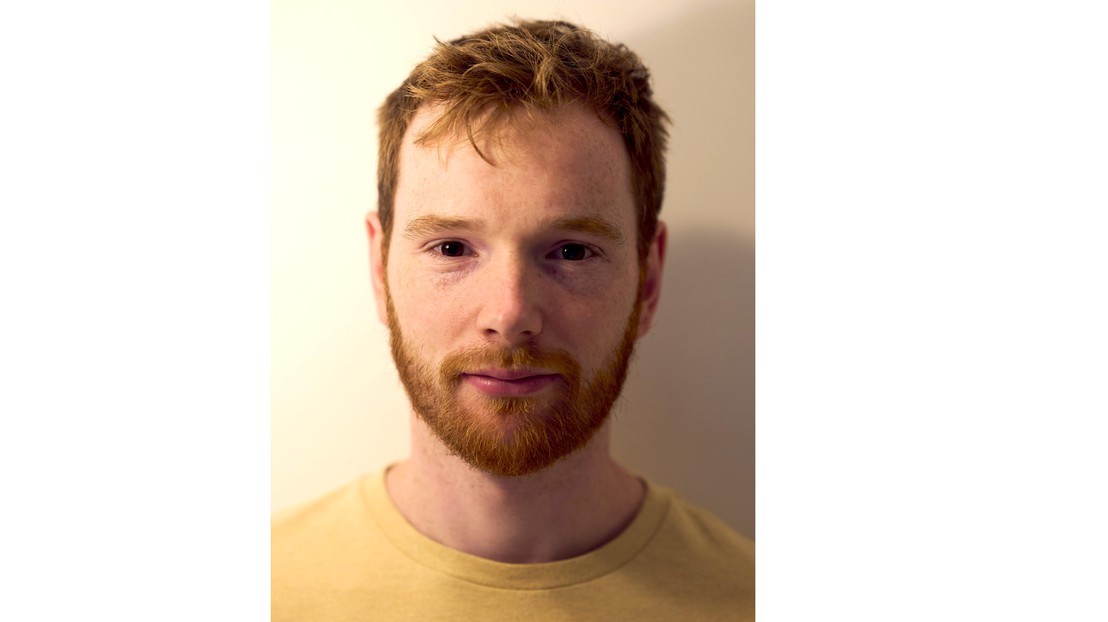Gregor Taylor wins SNSF Ambizione grant

Gregor Taylor. 2025 EPFL CC BY SA
Gregor Taylor, a postdoctoral student in the School of Engineering's Advanced Quantum Architecture Laboratory (AQUA), led by Edoardo Charbon, has received a Swiss National Science Foundation (SNSF) Ambizione grant for his project, "Superconducting Circuits for Superconducting Photon Detector Readout".
Ambizione grants are aimed at early career researchers who wish to conduct, manage and lead an independent project at a Swiss higher education institution. The prestious funding package will allow Taylor to spend the next four years building a small sub-group within the AQUA lab on superconducting technology.
Project summary: "Superconducting Circuits for Superconducting Photon Detector Readout"
Photons are the fundamental quanta of light, or the smallest indivisible unit. Detectors that can detect these singular photons, or single-photon detectors, are effectively detectors with ultimate sensitivity. When a single photon is directed at such a detector, a macroscopic pulse is output, which can then be registered and timestamped to high precision via readout circuits. Since different frequency (colour) photons have different energies, single-photon detectors also have a frequency or energy-dependence. This is particularly significant for photons in the infrared, where they have far less energy than photons in the visible region.

Superconductors are materials that exhibit a range of intriguing properties if they are cooled down to very low temperatures (~-272 C). Some of these properties mean that they can be used to make incredibly sensitive photon detectors, capable of detecting single photons with very low energy compared to other types of detectors.
The project's primary objective is therfore to explore the scaling up of these detectors, to large cameras, through the development of new superconducting electronics technology. The research team will explore different processing architectures, operating at 4 K (-270 C), which will allow them to process single-photon events into images using a large array of detectors. This would be a major advancement and an entirely new scientific camera, which would directly enable experiments in a diverse range of fields, including research into high dimensional quantum entanglement, deep space communication, medical technology, remote sensing of atmospheric trace gases, and the search for dark matter.